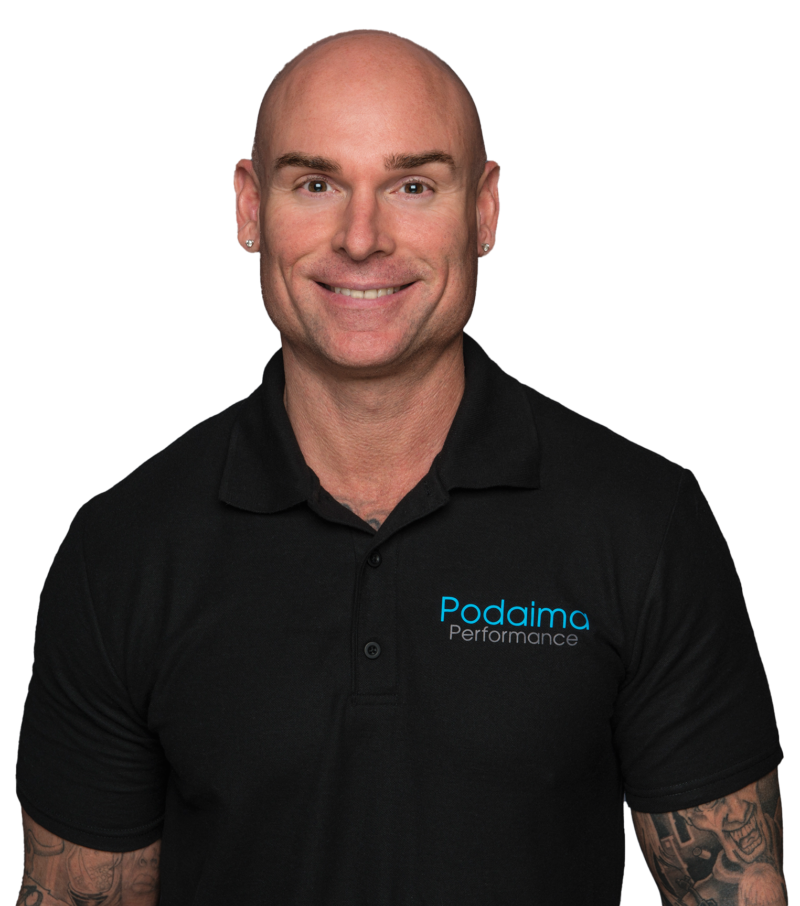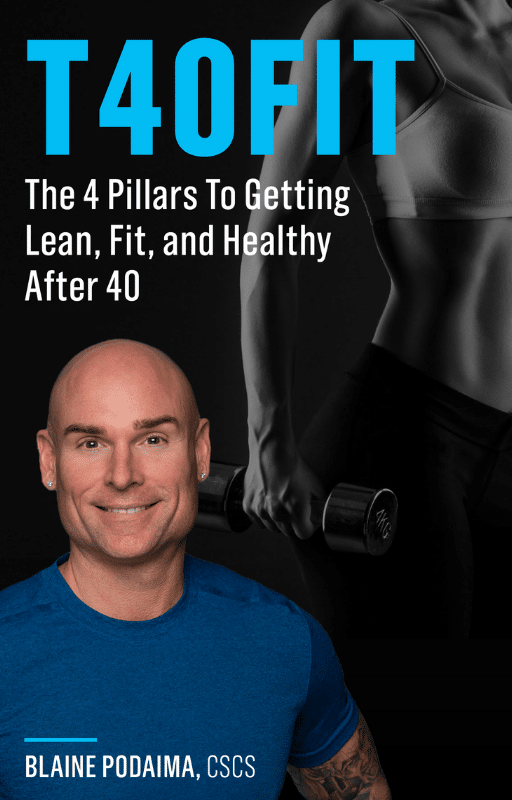When trying to diet to very lean levels, often times people get stuck with “stubborn” fat areas – that is, areas that seem much harder to lose than others. This varies person to person, but we often see stubborn fat around the love handles, hips, lower back, glutes, etc…
Stubborn fat is actually different on a physiological level than other fat is. It has more alpha-receptors, greatersensitivity, and generally receives less blood flow than non-stubborn, or regular fat. Typically when speaking of stubborn fat, we are talking about subcutaneous fat, which is the fat below the skin.
When fat is burned, the energy stored in the adipose tissue, or fat cells, must first be released from the cell. This is a process called lipolysis. After lipolysis, the fat is then transported to another cell, where it is burned, or used for energy. At this stage, blood flow to and from the fat is very important, as it is necessary to carry the fat cells to where it will be burned. Lastly, the fat is oxidized, or burned, inside the special fat burning cells.
The initial release of fat into the bloodstream is much slower in stubborn fat cells, which is why it takes longer to burn. This is mainly due to certain receptors in the fat cells, which respond differently to the fat-releasing hormones called noradrenaline, and adrenaline. Alpha receptors slow down the fat release, while beta receptors speed it up. As mentioned above, stubborn fat generally has more alpha receptors than beta receptors.
Thus, to burn the stubborn fat, we have to find a way to inhibit, or decrease the activity of alpha receptors, and increase the activity of beta receptors. Without getting too far into the technical aspect, there are other factors at play that influence receptor activity. Stubborn fat tends to be moresensitive, which means it responds better to insulin. In fat cells,decreases the release of the stored fat, so in stubborn fat cells which are sensitive to insulin, this effect is amplified. Thyroid issues can also have a negative effect, as does increased estrogen levels, which is why females generally have a harder time with some of those stubborn fat areas.
The last problem is that stubborn fat doesn’t get as much blood flow as other areas of the body, so even when the cells do release fat, there isn’t as much blood to carry it away. If we can improve blood flow to those areas, we can probably increase the rate of stubborn fat loss.
Let’s look at a solution. There are three main steps to take – stop dieting, cycle your diet, and target the stubborn area. The first one, stop dieting, sounds counter-intuitive, but long term dieting can be make losing fat very hard. When you are constantly in a caloric deficit, and exercising regularly, you put a great amount of stress on your body. Vigorous, intense exercise needs fuel to recover, but in a situation where food is restricted, it simply adds more stress to your body. The body’s response is to slow down it’s metabolic activity and try to preserve what fat it has left.
You need some caloric deficit, so the point of this isn’t to drop diet or exercise altogether, rather reduce the intensity or severity of them. If you are in a 500+ calorie deficit AND training hard 5 days per week, you’ll have an awful time. You’ll want to reduce the strain on your body by trying to keep your caloric deficit, including exercise, right around 500-700 calories per day. You can tone down the exercise intensity, opting for more low-intensity work and several strength sessions, or keep the high-intensity work and simply eat more.
The second approach is simply to cycle your diet. Your body adapts very quickly, and is smarter than you may think. Try cycling between the two approaches above – periods of lower exercise, and less food, followed by higher exercise and more food. You can even do this on a weekly basis, with high-carb and low-carb days. Fat loss happens in a caloric deficit, but it doesn’t have to be a steady, linear process.
Lastly, let’s discuss targeting the area. Spot-reducing fat doesn’t work, at least not to any significant degree, but targeting stubborn fat in general (which will also help other fatty areas) requires the proper diet, exercise, and supplementation. It’s much harder than simply moving more and eating less, which may help a beginner with more weight to lose, but probably not someone struggling with stubborn fat.
Alternating between the two dietary approaches above will put you in two phases – a deficit, with low exercise, to focus on “starving” the fat, and the other approach allows you to fuel and feed your lean muscle, as you will be training harder. The more lean muscle you have, the more efficiently you can burn fat.
On top of cycling your diet and training, some supplements can help. Green tea extract and forskolin can aid in stimulating the release of fat, as they bind to receptors other than beta and alpha, so they won’t be inhibited by the alpha receptors. If you want to go about blocking the alpha receptor activity, to help speed things along, yohimbine, synephrine, and berberine are all good options, just be careful as all of the supplements mentioned above are stimulants, and should be used with caution.


